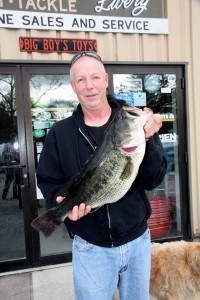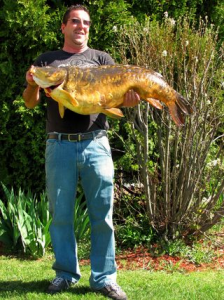Recently, I had the good fortune to join Paul Knauth of Hinsdale and Allen Gray of Pittsfield on a 10 day fly fishing trip to western Montana. We fished the rivers around the Missoula, MT region. We were seeking the famed Bitterroot Brown Trout, West Slope Cutthroat Trout, Rainbow Trout, Bull Trout and whitefish. These were not stocked fish but wild, native fish which were hatched and raised in the rivers.
As soon as we stepped out of the airport terminal, we could smell the smoke from the several forest fires in the region. The Mustang fire near Missoula was a particularly bad one. We couldn’t see the fires but could clearly see the smoke which moved through the Rocky Mountain passes. It wasn’t so bad as to make our eyes water but clearly it affected our sinuses.
Other than the smoke, the first thing that caught our attention was the magnificent Rocky Mountains which surrounded us. This area is one of the most beautiful that I have seen in the continental US.
Luck would have it that the weather was gorgeous for the whole trip….40’s in the morning and warming up to the 80’s in the afternoons with clear blue skies. The second thing that became immediately obvious was the friendliness of the residents. Everywhere we went we were greeted by friendly and helpful people.
There was no need to worry about warm water conditions even though the air temperatures were in the 80’s. There are a lot of cold springs feeding these rivers and at no time did the water temperatures exceed 65 degrees……perfect conditions for the trout.
We really did some traveling to get to the rivers in the area, putting on 1,300 miles on the rental car in those 10 days. It was nothing to drive 40-50 miles to a famed river – the Bitterroot, the Blackfoot, Clark Fork or Rock
Creek. We would eat breakfast, pack our sandwiches and liquids and be off by 8:30am. Sometimes we would visit the fly shop a short distance away to restock up on flies, get the latest scoop on what flies the fish were hitting or where the most recent sightings of the grizzly bears took place. Then we would fish all day, eat our lunches on the stream and return at dusk.
The rivers are large but manageable and we had plenty of room to spread out to fish our favorite type of waters – pools, riffles, or the rapids. There was no problem getting to the rivers for there were many public fishing accesses. As long as we stayed in the high water mark, we could go up or downstream to our heart’s content. We would go our individual ways and would link up later at a predetermined location and time. It provided the peace and solitude that we enjoyed. Usually we fished two or three sections of a river this way each day.
One of the rivers, the Blackfoot, is the river that Norman Maclean wrote about in his very popular book and movie “A River Runs Through It”. One could almost feel his presence and recall the final words of his book, “I am haunted by waters.”
One could not help but to take time off from fly fishing to take in the surrounding beauty….to watch the bald or golden eagles that soared over the river, the mule or whitetail deer or antelope passing through. Occasionally the solitude was interrupted by the passing of an inflatable raft with a guide and a couple of fishermen on board. This posed no problem as there was room for everyone to fish these rivers.
Yes, we caught lots of frisky, wild trout and some of them were large. But they were challenging and there were a couple of places where we caught nothing. The most productive flies were the Blue Wing Olive emergers and spinners, the Girdle Fly (with white legs), Prince Nymphs, AuSable Wulffs, small bead head nymphs, beetles, ants and small Stimulators.
At the end of the day while driving back to our cabin we would frequently see Rocky Mountain Sheep grazing in the valleys or perhaps surprise a mama black bear with her cub. When we returned to our cabin we would have a drink out on the deck while listening to the nearby river and looking at the steep mountain on the other side. There were no e-mails or cell phones to interrupt this setting.
The cabin we rented was 100 yards from Rock Creek, a famed river in that region. The river is a big, cold, clear and beautiful one which contains all of the trout listed above. The cabin had all of the amenities, a well stocked kitchen with modern appliances including a dish washer, a washer and dryer, big screen TV, comfortable sofa and stuffed chairs, comfortable beds, etc.
This trip was quite affordable and cost a little over $1,000 per person, which included the air fare, SUV rental, fuel, cabin, excellent meals, etc., for 10 days. We had Allen Gray to thank for that for he was an astute shopper at Priceline.com., saving us quite a bit of money. *****


